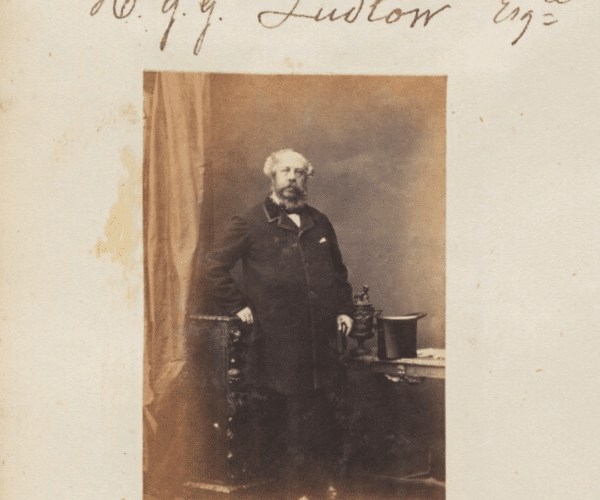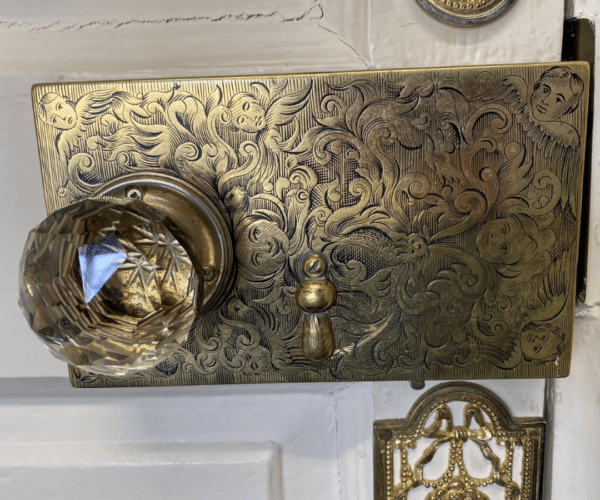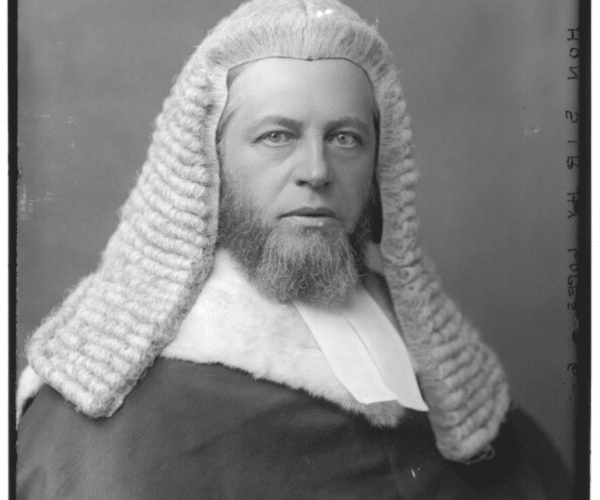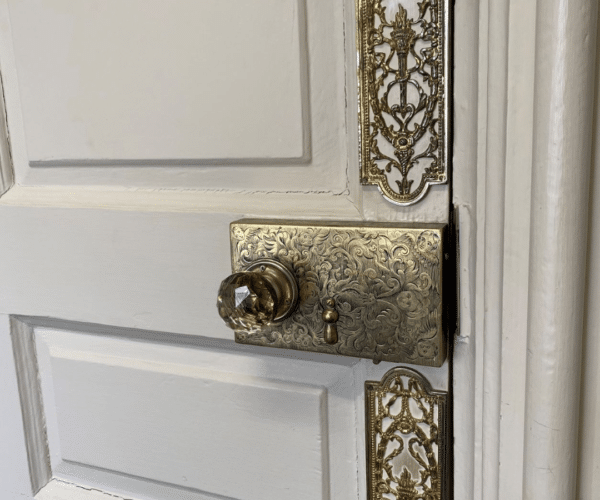Heywood House Hidden Features Beautiful Brass
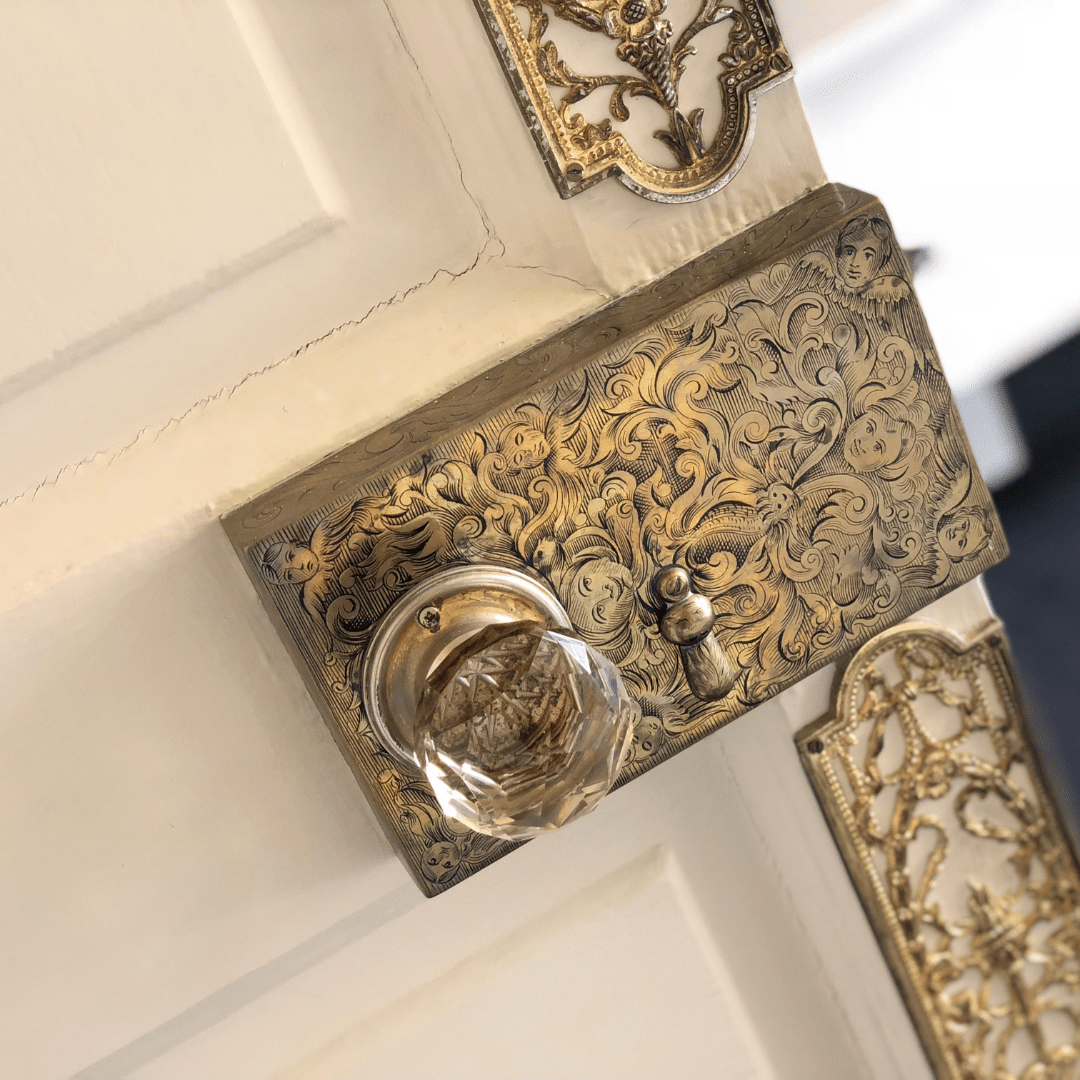
Nestled within the timeless grandeur of the Heywood House estate lies a treasure trove of history waiting to be discovered…
Among the many hidden gems scattered throughout its historic passageways, one particular artifact stands out—a beautiful brass door key plate adorning the Marlborough room. Today, we unravel the mysteries behind this exquisite piece, delving into the rich tapestry of Heywood House’s past and uncovering the tales it holds within its intricate design.
Positioned discreetly within the confines of the Marlborough room, this exquisitely crafted decorative feature may escape casual notice, yet its intricate beauty beckons for closer inspection. The finely detailed brass door push plates positioned both above and below the key plate exhibit flawless coordination, suggesting a shared origin likely rooted in the Victorian era. Reflecting the prevailing aesthetic of the time, decorative items such as door hardware were characterized by ornate designs. Glass doorknobs, in particular, gained popularity during this period, marking a trend towards increased elegance and sophistication in architectural embellishments.
Upon closer inspection, one can perceive eight youthful faces gracing the door plate, each evoking a unique sense of innocence and charm. Among this lively ensemble, the central pair’s mischievous grins and playful smirks radiate an infectious spirit of joy and mischief. Meanwhile, in the corners, angelic figures with gently arching wings intertwine with the intricate scrollwork, their tranquil expressions juxtaposing the vibrancy of their companions. However, not all visages exhibit such exuberance; some appear in peaceful slumber, while others, notably the angels in the left-hand corners, convey a subtle aura of melancholy or contemplation. This diverse array of emotions epitomizes the intricate complexity of the door key plate, inviting viewers to reflect on the myriad narratives and sentiments it embodies. This would not have been a standard door plate; it would have likely been a custom commission. The fine engraving features all over the door plate, even the top part of the door plate has intricate scrollwork on it.
So, who might have commissioned this remarkably unique door plate? It is probable that it dates back to the era of Henry Charles Lopes, the 1st Baron Ludlow, who presided over Heywood House from 1876 to 1899, a period synonymous with the Victorian era, until his passing at the age of 71. Inheriting the estate from his childless uncle, Henry Gaisford Gibbs Ludlow, who initiated various alterations to the property starting in 1830, Baron Ludlow’s tenure witnessed the continuation of these architectural endeavours.
A prominent figure in both politics and law, the 1st Baron Ludlow was a member of the Conservative Party and a distinguished Barrister. Educated at Winchester College and Balliol College, Oxford, he was called to the Bar at Inner Temple in 1852. His political career saw him serve as a Member of Parliament for Launceston from 1868 to 1874 and for Frome from 1874 to 1876. Knighted in 1876, he ascended to the position of Justice of Appeal in 1885, culminating in his ennoblement as Baron Ludlow of Heywood in the County of Wiltshire in 1897.
Henry Charles Lopes lived at Heywood House with his family, and it could be within the realms of possibility the door handle features Baron Ludlow’s children. He had one son and five daughters by his wife Cordelia Lucy who died in 1891. His son Henry became 2nd Baron Ludlow and inherited Heywood House but later moved away, renting out the estate whilst living in London.
Yet another captivating aspect of the key plate lies in its intricate keyhole cover, skilfully engraved to resemble a feline or perhaps another creature altogether. This charming detail sparks curiosity, prompting speculation about the potential presence of beloved pets or cherished companions within Heywood House’s walls.
Contemplating the purpose of the room during the Victorian era elicits a range of intriguing possibilities. Was it a cosy nursery or a child’s bedroom, overseen by the watchful gaze of the angels? Alternatively, could it have served as a solemn study, adorned with reminders of familial bonds for the discerning adults who occupied its space? Such musings invite us to weave our own narratives, each interpretation offering a glimpse into the multifaceted history of the enchanting Heywood House estate.
Sign up to our newsletter!
Keep up to date with all the latest news from Heywood House.
